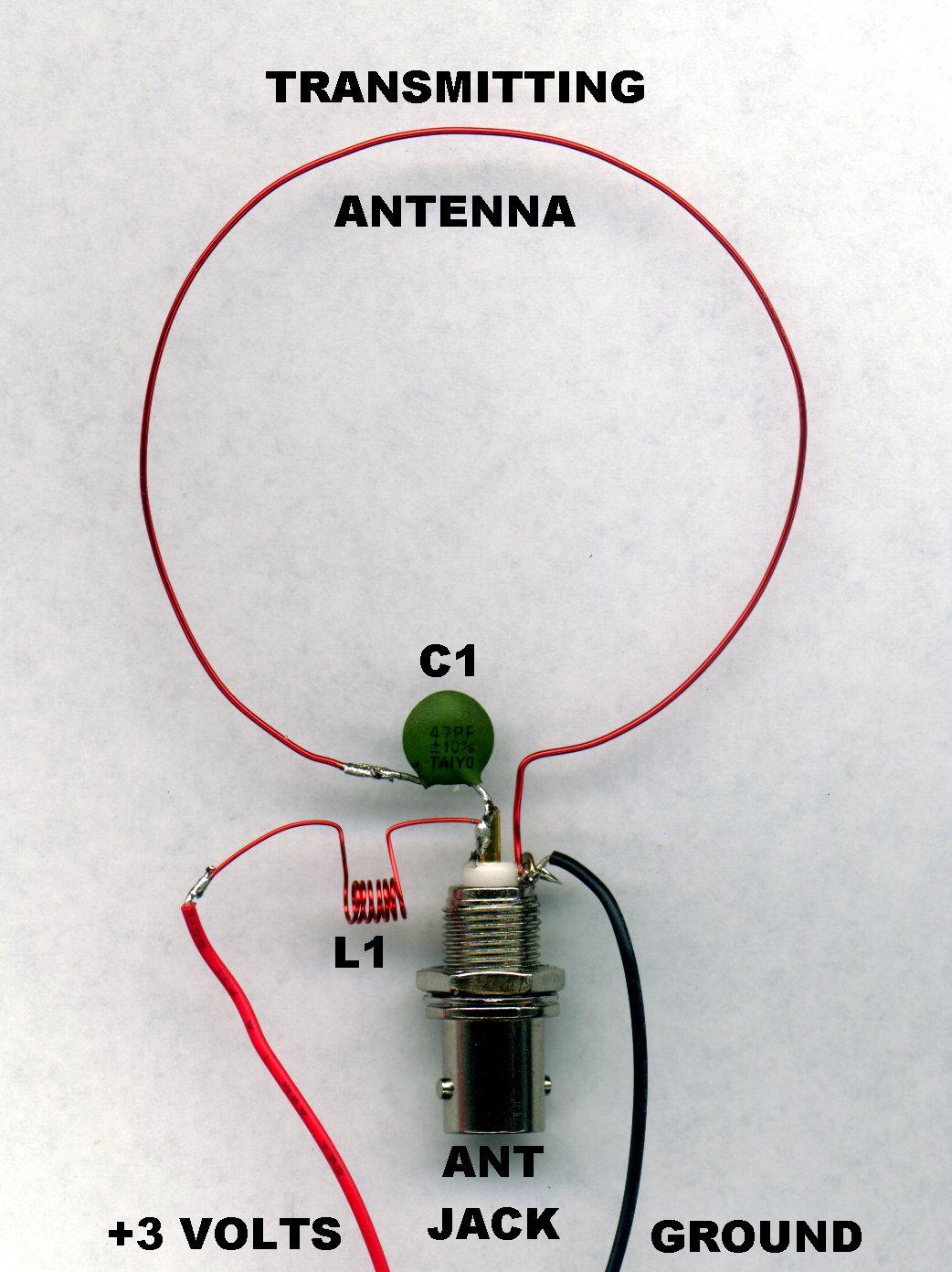


These amplifiers act as reconnaissance units that pick up weak signals from nearby cell towers and amplify them to provide better, more vital communications inside buildings or sites with the poor network coverage. To conquer this battlefield, O2 wireless transmission boosters have become a popular weapon to improve web coverage in these areas.

Network coverage is a familiar field of battle for wireless users, especially in areas with rugged terrain and insufficient infrastructure on the enemy's side. Historically, achieving reliable mobile network coverage has been a battlefield where cellular technology's limitations and the challenge of maintaining consistent signals across vast territories have been the enemy.Īs with other system providers, O2, a British telecommunications services provider, has had to wage war delivering consistent network coverage, especially in remote or densely populated areas where the enemy is more robust. Additionally, you'll learn about how these amplifiers function and the prospects of 5G and the Internet of Things, including new strategies that can conquer this battlefield. We'll explore the pressing issue of inadequate network coverage for wireless communication users and how O2 phone amplifiers act in the capacity of life-saving weapons. This article is a journey through the battlefield of mobile connectivity, where O2 has been fighting to provide reliable system coverage. This is why the O2 phone signal booster in the UK is becoming an increasingly popular solution for improving mobile web coverage, according to experts from UCell. However, poor network coverage can be a significant issue for mobile users, particularly in areas with weak or spotty signals. Whether at home, at work, or on the go, we rely on our mobile devices to stay connected with the world around us. We have become accustomed to mobile connectivity in our daily lives.


 0 kommentar(er)
0 kommentar(er)
